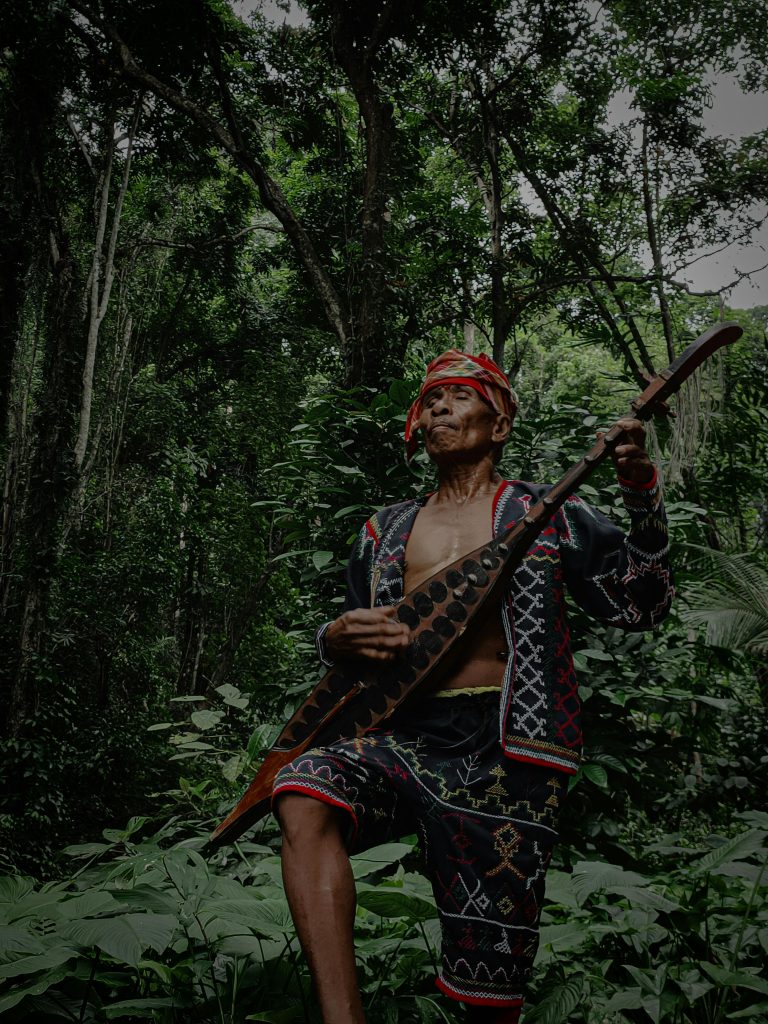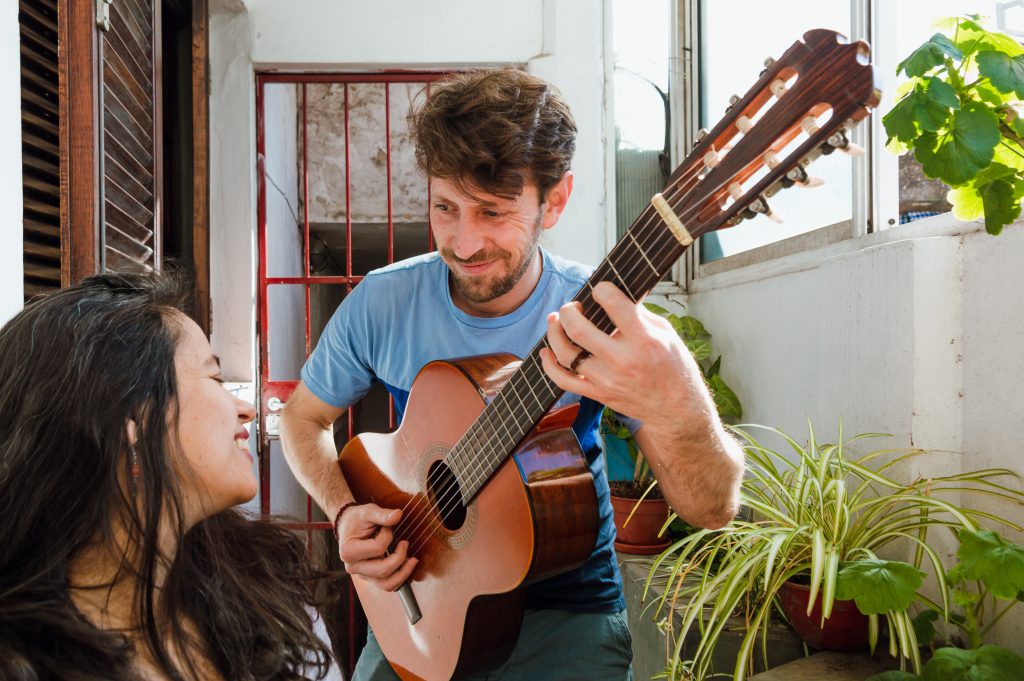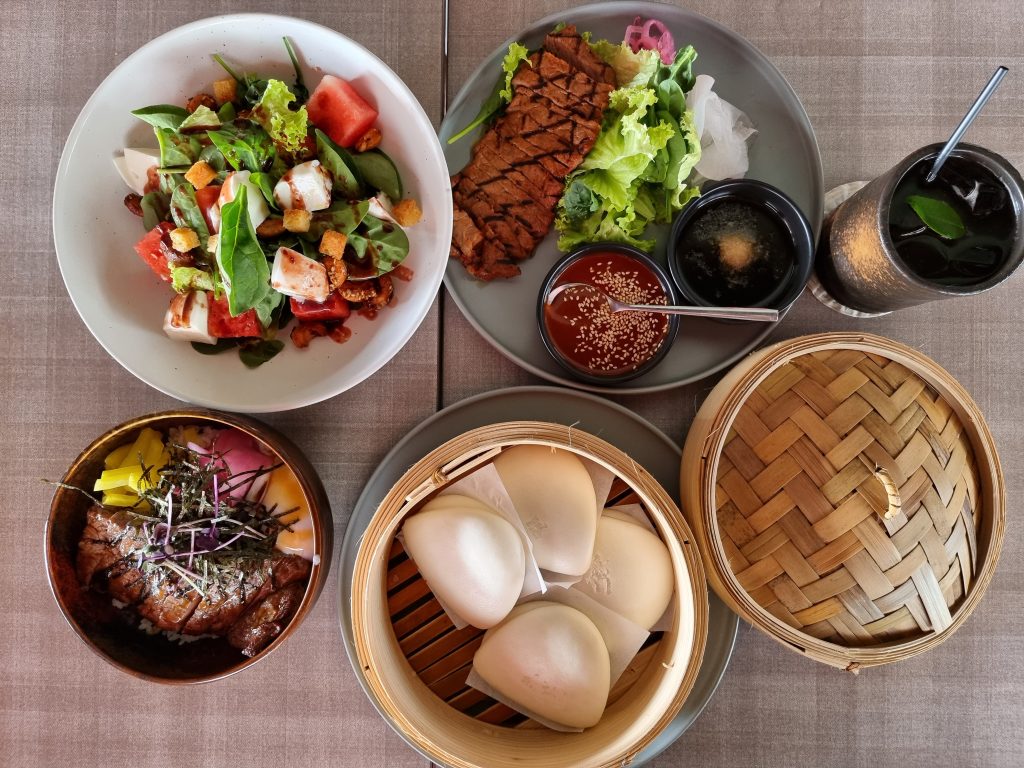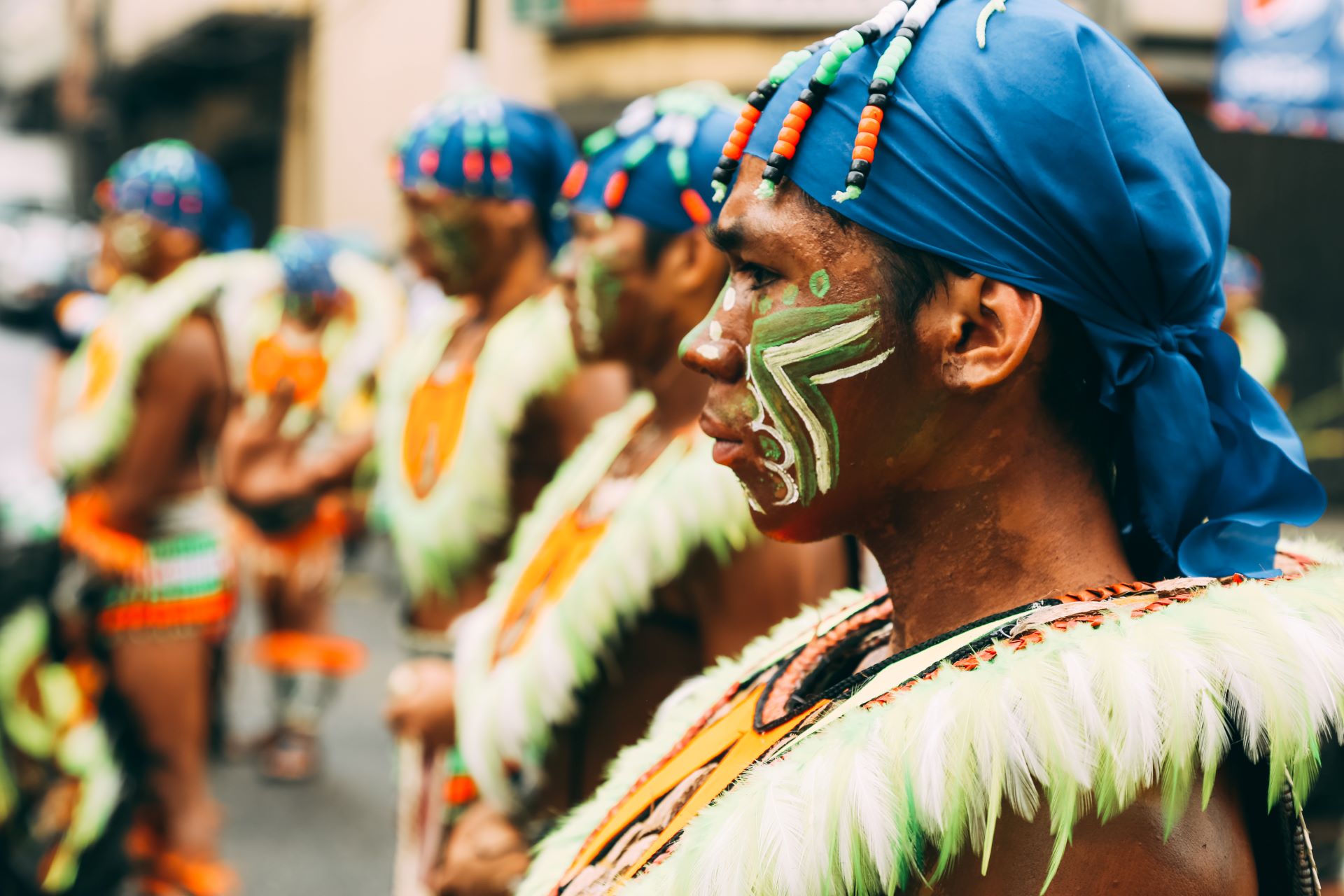Traditions and cultures are some of the things that set it apart from others and make a place unique. It has its origins that are carried from the day it started up until now, in the present time. Not only does it reflect how things work for its people but, it also showcases the country’s rich history.
And while some attempts to continue the legacy started, some Filipino traditions are being slowly forgotten as time goes by. It may be because of the fact that innovations and new trends are discovered from time to time, helping the advancement of things which sometimes compromises the way traditions are originally executed.
Although the changes in traditions may be viewed in a bad light, there is always an opportunity that comes along with it. As the world progresses swiftly, injecting modernized changes into old-fashioned traditions helps to revive and preserve it.
As you lay comfortably in your house and lot for sale in Imus Cavite, you start to wonder about how Filipino traditions and culture differ from others and what makes it one-of-a-kind. Well, you are just in luck today. In this article, you’ll discover and learn more about Filipino traditions and cultures, how they describe the Philippine community, and the list of some traditions still alive in this modernized time.
What is the culture of the Philippines?

Just like the different hues visibly seen on its flag, it somehow represents how colorful the culture of the Philippines is. It has a complex history and diverse influences coming from both the East and West. Philippine culture is a mix of Asian and Western traditions. Despite having mixed with all other traditions, the Philippines didn’t fail to create a unique and one-of-a-kind image and culture that makes them stand out. Some of the defining traditions of Filipinos lie in being empathetic, greatly highlighting the value of “kapwa” and “Bayanihan”, colorful festivities serving different purposes and emphasizing a variety of origins, savory Filipino cuisine, resilient, optimistic, and hospitable. All these contribute to an exceptional and distinctive Filipino identity.
The Present: Revamped Filipino Traditions
While it is important to preserve the customs and traditions of the country, changes in how it’s executed can’t be helped. Especially when innovations and the latest trends highly and directly affect Filipino culture. However, this shouldn’t be viewed in a bad light for it opens doors to a myriad of opportunities that help preserve the tradition, and one of which is through modernization.
Fiesta
The Philippines has a variety of festivals being celebrated all year round. Aside from the fact that Filipinos love to interact with their neighborhood and even tourists visiting the country, they are also highly devoted to celebrating the place’s origin and giving thanks for all the blessings that they are able to bask in. In modern Filipino times, festivities are continuously celebrated with many grand gestures and with a blend of traditional practices and contemporary elements. Today, the digital world plays a role in festivals for it allows the celebration to be broadcast and promoted through different platforms. Say for example you want to experience the Sinulog festival, however, you’re stuck in your house and lot for sale in Imus Cavite with all the work you need to finish, fret not for you can watch its live stream online.
Courtship

The Filipinos are known for their way of winning the hearts of the person they love and that is through courtship. It is a passed down tradition from generation to generation. Wayback, the traditional way of courting ladies includes men dressing in a “barong”, carrying a guitar, and offering a song. With the prevalence of the internet and new practices, the traditional ways are being replaced by the modernization of courtship. At present, during the courting stage, people don’t often do “haranas” in front of the house anymore but rather in front of their smartphones or by sending voice messages.
Going virtual and digital
Filipino culture involves interacting with other Filipinos, sharing stories, and laughing together. Before, they would gather in a certain place or house and spend their time talking with people they share the same interests. However, with the digitalization of almost everything, this can now be done through your smart devices. Video calls are now being enjoyed by many Filipinos, making it easier to catch up with their loved ones without having to leave the house. Traditions going virtual and digital are also evident in various ways such as sending online invitations, playing different kinds of games, and even attending church through online mass.
Arts in Modern
Art is one of the holy grails of the Philippines. The country is known for having a wide array of art in different styles such as social realism, abstract art, and figurative art. While artworks of famous Filipino artists hang tight to different museums around the country, modern artists are able to utilize the digital world to spread their art. Aside from the well-known art styles, digital art is also something being explored in modern times. It is a new way of creating art using software, electronic devices, and computers.
Food Fusion

In the Philippines, part of the lives of its people is food. And the country is highly known for offering unique dishes that can only be found there. The recipes of famous home-cooked dishes date back up to the old times so it is a legacy that is being passed down and continued up until now. With the modernization of everything, even Filipino cuisine is affected. combining traditional Filipino dishes with international flavors. This creative approach reflects the diverse influences in modern Filipino culinary practices.
Keeping it Alive
To wrap it all up, there is nothing wrong with discovering new traditions that are heavily based on its culture. However, it is important to note that the old traditions make up what you are enjoying in today’s time. Learn how to appreciate it for it helped build the community, norms, and place you are in right now. No matter how fast-moving the world seems to be, it is necessary to keep the traditions and cultures alive for it helps to continuously preserve the identity of the country, creating both timeless and ever-evolving modernized historical customs.


